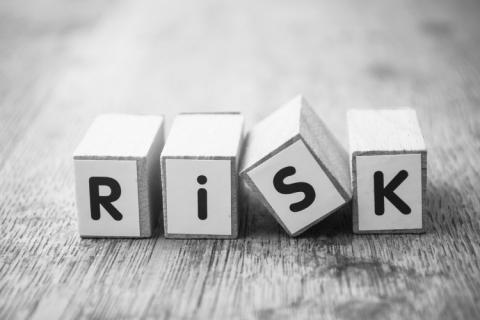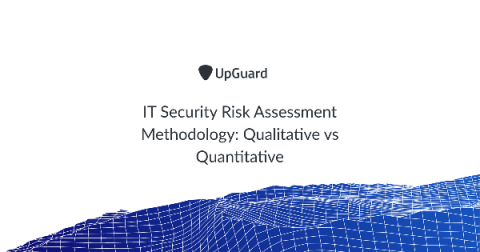How Much Does It Cost to Become PCI Compliant?
How much does it cost to become compliant with the Payment Card Industry Data Security Standard (PCI DSS)? It is challenging to put a number or an actual figure of becoming PCI compliant. The reason exact dollar amounts become a problem to predict is it depends on the size of the organization, whether they are eligible for the PCI Self Assessment Questionnaire (PCI SAQ), and the way they handle and store customer information.






